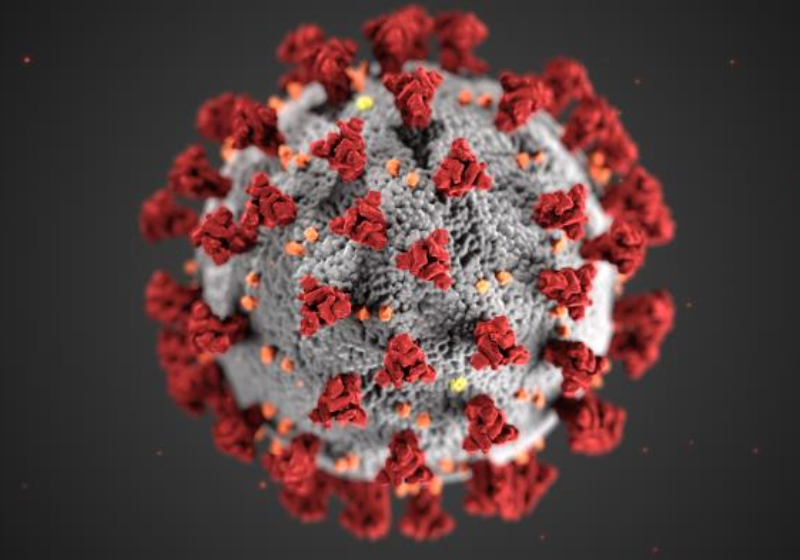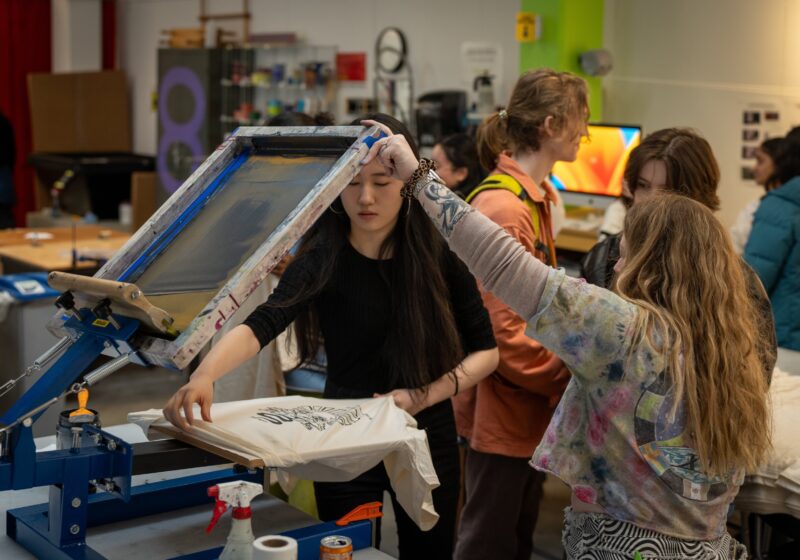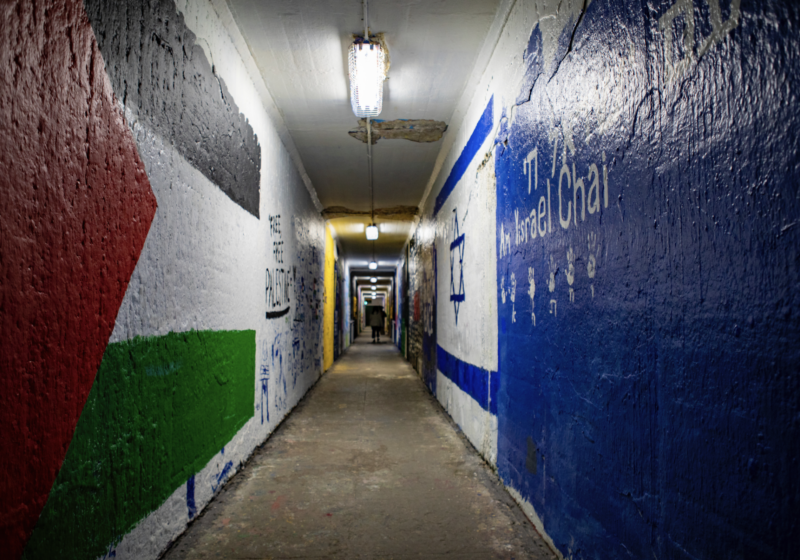The UR Medical Center (URMC) is partnering with Rochester Regional Health (RRH) to study a potential COVID-19 vaccine. The study will examine how subjects’ immune systems respond to proteins already used in certain flu vaccines.
The clinical trial will recruit 90 people in the Rochester area between the ages of 18 and 85 who have not been infected with COVID-19. The test will determine the effectiveness and safety of “up to four variations of the vaccine,” according to the URMC website. This is the only active clinical trial of a COVID-19 vaccine in upstate New York.
Though testing will take place with multiple visits over a period of two years, it’s possible that the resulting vaccine will be ready for emergency use before then, with plans in place for millions of doses to be available by the end of the year, and production being upped to hundreds of millions in 2021.
Another URMC clinical trial that was announced on April 16 is examining the possible effects of the drug remdesivir on people with COVID-19. Preliminary data from a trial of 16 volunteers shows that patients who were given remdesivir recovered in an average of 11 days, as opposed to patients given a placebo, who recovered in 14 days.
Remdesivir has previously shown promise with animal models in MERS and SARS studies. MERS and SARS are both caused by other coronaviruses.
Researchers hope that the trial will provide answers as to how best to use remdesivir and whether use with other drugs may improve its effectiveness.
Data scientists at UR and Cornell University have found that while social distancing has stabilized the spread of COVID-19, it has not reversed it. As a result, states currently relaxing social distancing restrictions have little room for error, and are “right on the edge of it starting to blow up again,” according to lead author and professor of electrical and computer engineering at Cornell University Aaron Wagner.
The researchers call for more studies to identify ways of maximizing the effects of social distancing, a more gradual relaxation of social distancing measures, and mandatory additional practices like universal face masks and contact tracing.
Staff at the UR Medical Center will be furloughed as a result of a $500 million budget gap, according to a May 8 announcement posted to the URMC website.
This gap was caused by an increase in spending on COVID-19 patients coupled with a decrease in revenue from clinical operations.
The furloughs — which were implemented “as early as May 10” according to the announcement — affect employees of all job categories, across all URMC locations. While a small number of clinical facilities are closed, and some clinical employees are being furloughed, all clinical facilities that remain open are fully staffed and equipped to “serve anticipated patients’ needs.”
Most high earners at the Medical Center — including “department chairs, center directors, senior leaders, managers and faculty members” — who are not furloughed will be taking pay cuts. Some managers in salaried positions will also take on shifts to cover for furloughed employees or to fill in vacant positions from deferred recruitment.
81% of these furloughs are partial furloughs, meaning employees work a limited schedule. The other 19% are full furloughs, meaning employees don’t come into work at all.
The furloughs are expected to be temporary, with tentative projections by URMC leadership saying they will last three to four months. However, in an April 27 notice to URMC staff, leadership acknowledged that “it is impossible to predict given the uncertain nature of the outbreak.”
A fact sheet for furloughed employees is available on the URMC website. It outlines the benefits available to both partially and fully furloughed employees, as well as resources for those seeking to file for unemployment.
To boost the workforce combatting COVID-19, the School of Medicine and Dentistry graduated 99 members of the class of 2020 six weeks early.
The Commencement ceremony, which occurred on April 8, was conducted online by URMC CEO Mark Taubman, Senior Associate Dean for Medical Education David Lambert, and UR President Sarah Mangelsdorf via a recorded video. Lambert asked all graduating students to repeat after him in reciting the Hippocratic Oath as the words flashed on the screen.
“This may not be the Commencement you hoped for, but this is the profession you have prepared for. And we are very, very grateful for that fact as we face the tremendous public health challenge before us,” Mangelsdorf said.
While UR and other medical schools already planned to have students either go into practice or return home, New York Governor Andrew Cuomo “issued executive orders which facilitated [medical students’] licensing and ability to practice in NYS,” Lambert wrote in an email to the Campus Times.
Though medical students’ responses to their early graduation were mixed, over 70 of the 99 graduates chose to go into practice, Lambert wrote. However, because the number of COVID-19 cases in Rochester was smaller than expected immediately after graduation, “only a small number of graduates were brought on board locally,” Lambert wrote. “We are fortunate they were not all needed and we applaud their willingness to serve society earlier than anticipated.”






